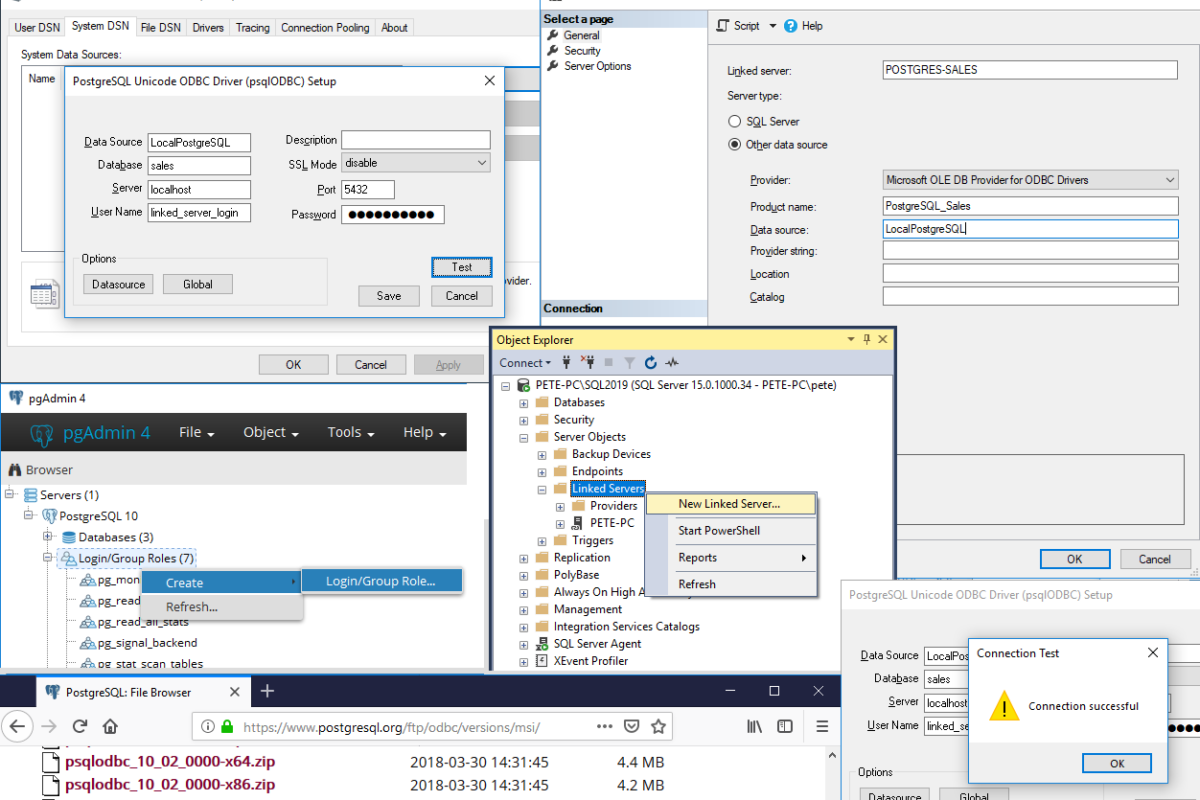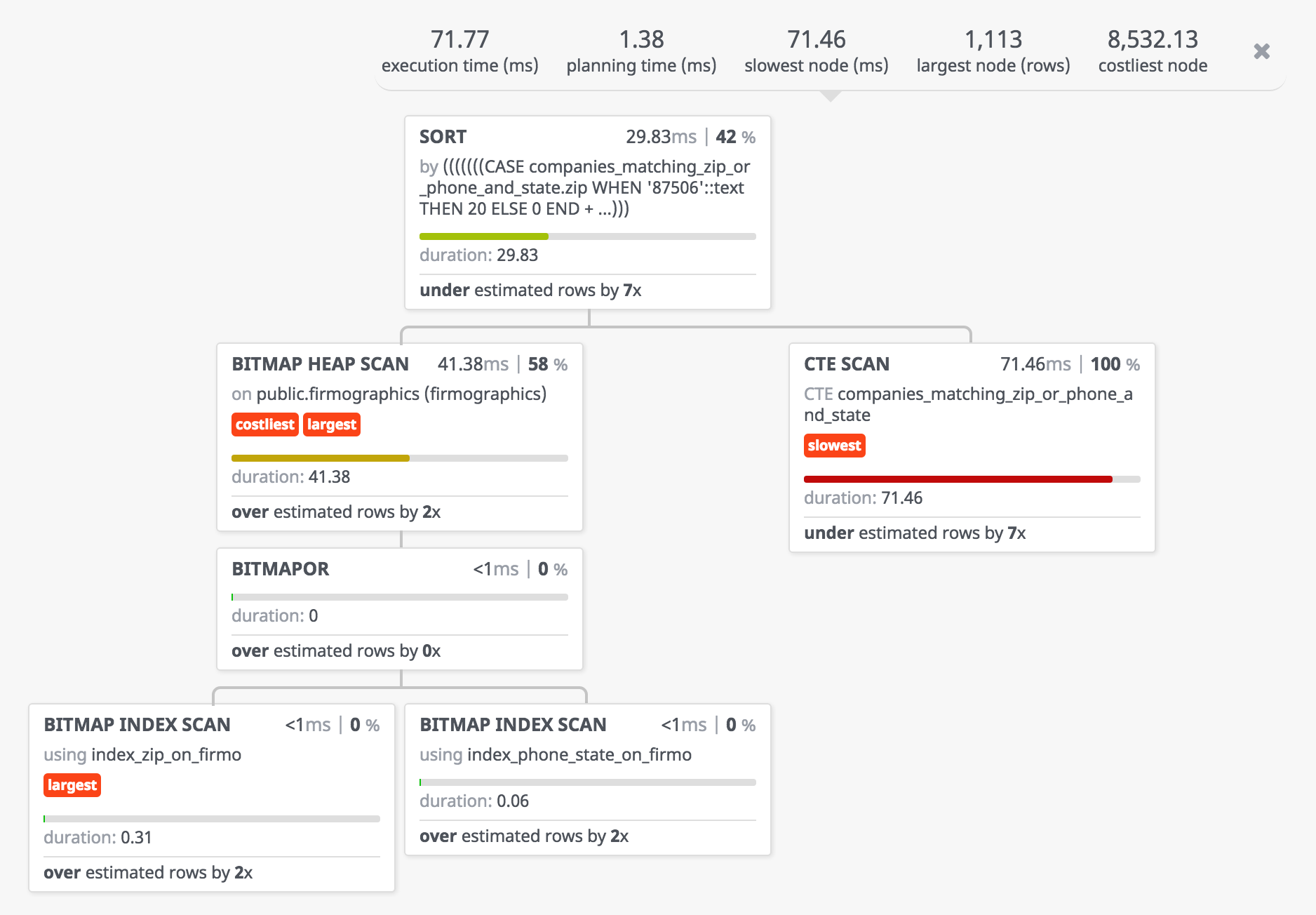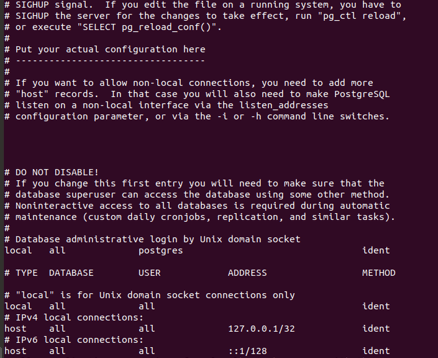

Procpid | source | running_for | waiting | query

The pg:ps command queries the pg_stat_activity view in Postgres to give a concise view into currently running queries. These commands give you view and control over currently running queries. This problem is especially common with Postgres.app users, as the post-install step of adding /Applications/Postgres.app/Contents/MacOS/bin to $PATH is easy to forget. Pg_restore: input file is too short (read 0, expected 5)Īre both often a result of this incorrect $PATH problem. Pg_dump: aborting because of server version mismatch Ensure your local Postgres is working and try again.Īnd pg_dump: server version: 12.5 pg_dump version: 10.14 ! connections on Unix domain socket "/var/pgsql_socket/.s.PGSQL.5432"? ! Is the server running locally and accepting Errors such as ! createdb: could not connect to database postgres: could not connect to server: No such file or directory It’s common, however, for the wrong binaries to be loaded in $PATH. These commands rely on the pg_dump and pg_restore binaries that are included in a Postgres installation. $ PGUSER=postgres PGPASSWORD=password heroku pg:push DATABASE_URL mylocaldb -app example-app Usage of the PGUSER and PGPASSWORD for your local database is also supported for pg:push, just like for the pg:pull command. You’ll be prompted to pg:reset a remote database that isn’t empty. To prevent accidental data overwrites and loss, the remote database must be empty. You can also specify the name of the database add-on you want to push data to: $ heroku pg:push postgresql-animate-91581 mylocaldb -app example-app This command takes the local database mylocaldb and pushes it to the database at DATABASE_URL on the app example-app. The command looks like this: $ heroku pg:push mylocaldb DATABASE_URL -app example-app Pg:push pushes data from a local database into a remote Heroku Postgres database. For example, to pull data from HEROKU_POSTGRESQL_RED on the app example-app, you could run heroku pg:pull example-app::RED mylocaldb. WHERE acl_antor_oid acl_base.As with all pg:* commands, you can use shorthand database identifiers here. ( aclexplode ( acl ) ).is_grantable AS is_grantable ( aclexplode ( acl ) ).privilege_type AS privilege_type, ( aclexplode ( acl ) ).grantee AS grantee_oid, ( aclexplode ( acl ) ).grantor AS grantor_oid, ON ( schemas.schema_oid = t.typnamespace )Ĭoalesce ( p.fdwacl, acldefault ( 'F'::"char", p.fdwowner ) ) AS aclĬoalesce ( p.srvacl, acldefault ( 'S'::"char", p.srvowner ) ) AS acl ON ( schemas.schema_oid = p.pronamespace )Ĭoalesce ( t.typacl, acldefault ( 'T'::"char", t.typowner ) ) AS acl Pg_catalog.pg_get_function_arguments ( p.oid ) AS calling_arguments,Ĭoalesce ( p.proacl, acldefault ( 'f'::"char", p.proowner ) ) AS acl WHERE c.relkind IN ( 'r', 'v', 'm', 'S', 'f', 'p' )Ĭ.object_name || '.' || a.attname::text AS object_name,Ĭoalesce ( a.attacl, acldefault ( 'c'::"char", c.owner_oid ) ) AS acl ON ( schemas.schema_oid = c.relnamespace ) WHEN c.relkind = 'S' THEN coalesce ( c.relacl, acldefault ( 's'::"char", c.relowner ) )ĮLSE coalesce ( c.relacl, acldefault ( 'r'::"char", c.relowner ) ) WHEN c.relkind = 'I' THEN 'partitioned index' WHEN c.relkind = 'p' THEN 'partitioned table' WHEN c.relkind = 'f' THEN 'foreign table' WHEN c.relkind = 'm' THEN 'materialized view'

WITH rol AS (Ĭoalesce ( n.nspacl, acldefault ( 'n'::"char", n.nspowner ) ) AS acl This updated query also contains column grants and function/procedure signatures. Updated to add an updated query that uses the pg catalog tables instead of the information_schema views. WHERE rug.udt_schema NOT IN ( 'pg_catalog', 'information_schema' )ĪND substr ( rug.udt_schema, 1, 3 ) 'pg_' WHERE rrg.specific_schema NOT IN ( 'pg_catalog', 'information_schema' )įROM information_schema.role_udt_grants rug ON ( fcn.routine_catalog = rrg.routine_catalogĪND fcn.routine_schema = rrg.routine_schemaĪND fcn.routine_name = rrg.routine_name ) LEFT JOIN information_schema.routines fcn WHERE rtg.table_schema NOT IN ( 'pg_catalog', 'information_schema' )įROM information_schema.role_routine_grants rrg

ON ( tab.table_catalog = rtg.table_catalog WHERE rug.object_schema NOT IN ( 'pg_catalog', 'information_schema' )įROM information_schema.role_table_grants rtg While the following is not a complete solution (column privs aren't included, it doesn't have the function signatures) you should hopefully be able to get most of what you're asking for using: SELECT rug.grantor,įROM information_schema.role_usage_grants rug


 0 kommentar(er)
0 kommentar(er)
